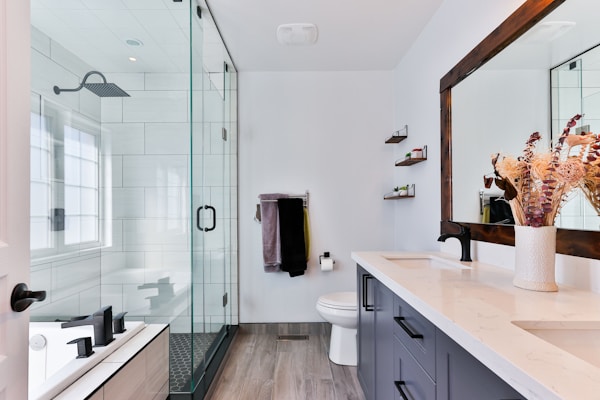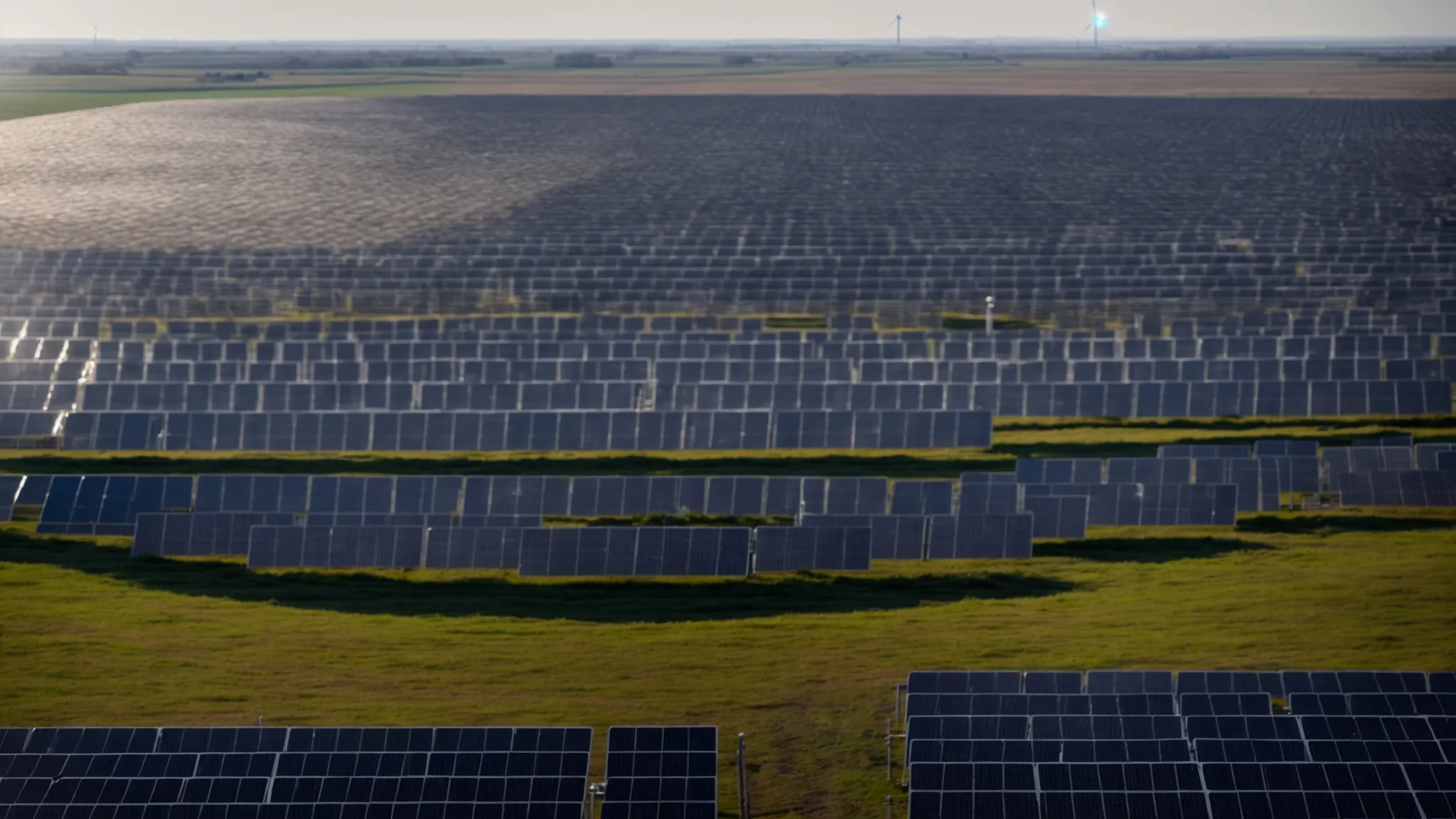In today’s world, the demand for energy is growing faster than ever before; however, the use of non-renewable energy sources also means that our carbon footprint is growing. Therefore, it is essential to increase our home’s energy efficiency. In simple terms, energy-efficient homes consume less energy, save fossil fuels, and reduce greenhouse gases. Thus, whenever we take measures to improve our energy efficiency, we are contributing to a cleaner, healthier, and more sustainable environment. It can also save you money on your utility bills. If you’re not sure where to start, keep reading for a basic guide on how to increase energy efficiency in your home.
How can you increase energy efficiency in your home?

Not only can a bathroom remodel transform your space into the oasis you’ve always wanted, but it can also increase the energy efficiency of your home. Leaky faucets, outdated toilets, and inefficient showerheads can all contribute to higher water bills and unnecessary resource consumption. By opting for newer, environmentally friendly fixtures during your remodel, you can lower your water usage. A contractor, like this one that specializes in bathroom remodeling Indianapolis, can work with you to choose new, more efficient fixtures and even update your plumbing system.
If you want to make your home more energy-efficient, one of the best things you can do is update your insulation. Insulation keeps warm air in during the winter and cool air in during the summer. This means that your heating and cooling systems don’t have to work as hard to keep your home comfortable, which can lead to savings on your energy bills. There are several different types of insulation and each type has its own benefits and drawbacks, so you have to consider your specific needs when choosing the right insulation for your home.
Another option to consider is installing solar shades for windows. Solar shades are designed to block out the sun’s rays, which in turn can reduce the amount of heat transfer through your windows. This means your home will require less energy to maintain your ideal indoor temperature. Beyond their energy-saving benefits, they can protect your furniture, carpets, and floors from fading due to UV rays, and they can enhance your privacy.
What else can you do to go green?

Now that you know how to boost your energy efficiency at home, let’s talk about some other things you can do to go green. For example, if you want to reduce your energy consumption and boost efficiency while maintaining comfort, you should upgrade to a smart thermostat. By optimizing heating and cooling schedules automatically according to your preferences, the device can help you save a noticeable amount of money on energy bills. This means less energy consumption, which directly translates to less pollution from power plants.
Another way to go green is by minimizing waste. You could start composting your food scraps instead of sending them to the landfill. Try to reduce your use of single-use plastics, such as straws, cutlery, and packaging. By using reusable bags, bottles, and containers, you can reduce the amount of waste that ends up in landfills and the ocean. It is also a good idea to recycle as much as possible, from paper products to glass and plastic bottles. These are all simple yet effective ways to contribute to the preservation of the environment.
Investing in improving your home’s energy efficiency is a smart decision that will reduce your energy bills and contribute to a greener planet. When you make your home energy-efficient, it results in fewer carbon emissions and conserves natural resources. Some options for homeowners who want to boost their efficiency include remodeling the bathroom, updating insulation, and installing solar shades. You can also go green at home by upgrading to a smart thermostat and minimizing waste. Follow these tips and you’ll be on your way to having a greener, more modern home.



